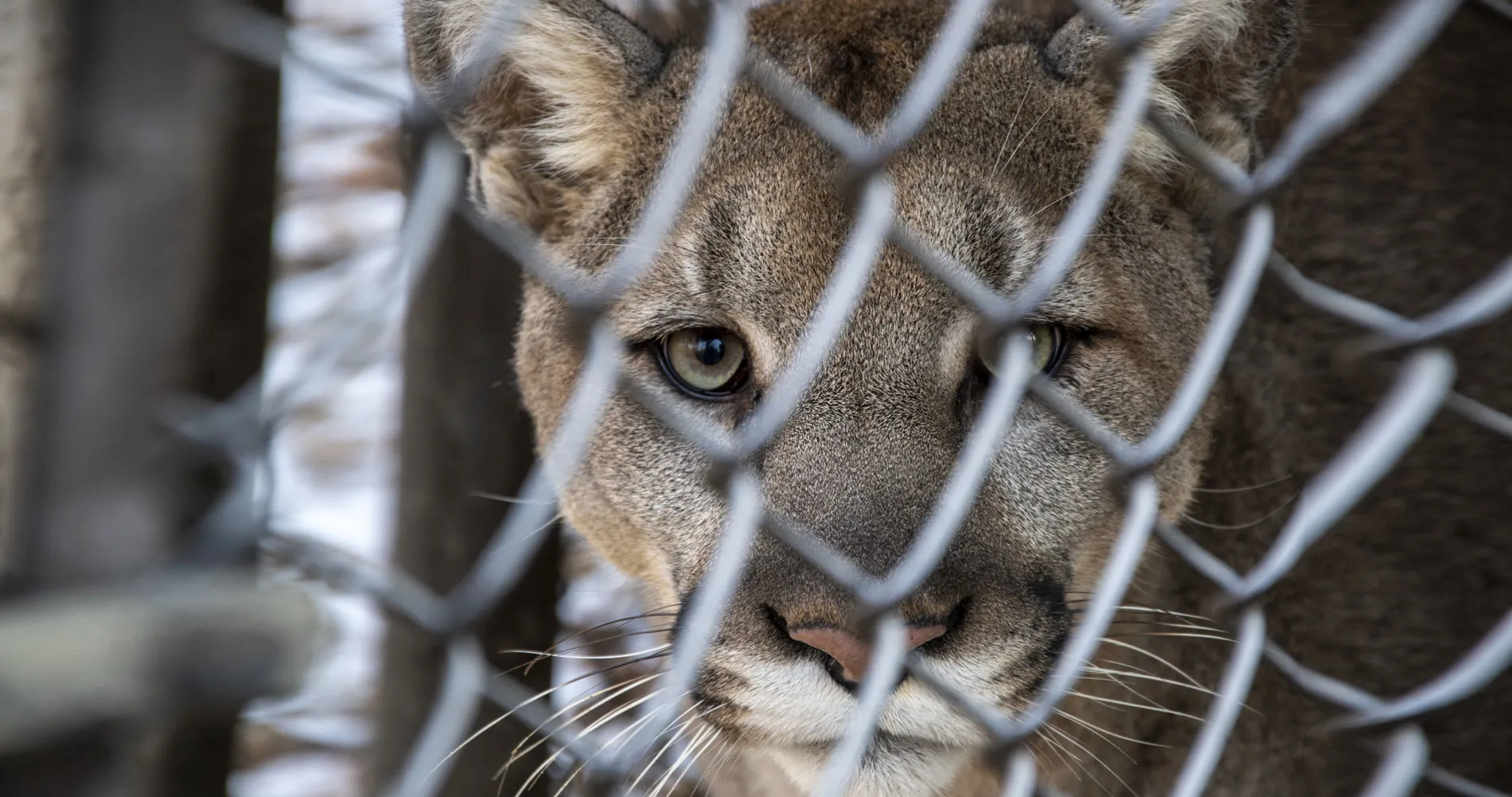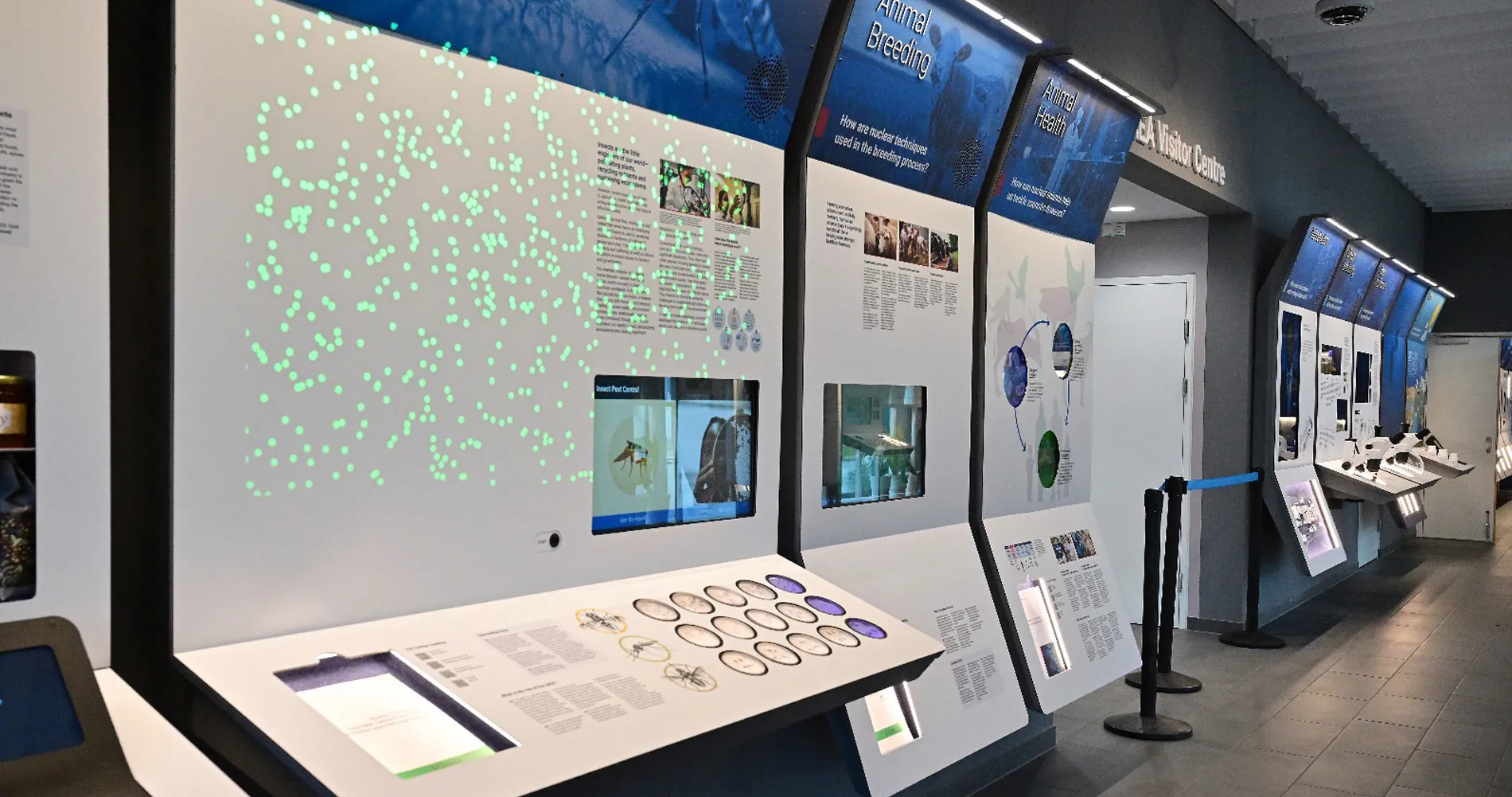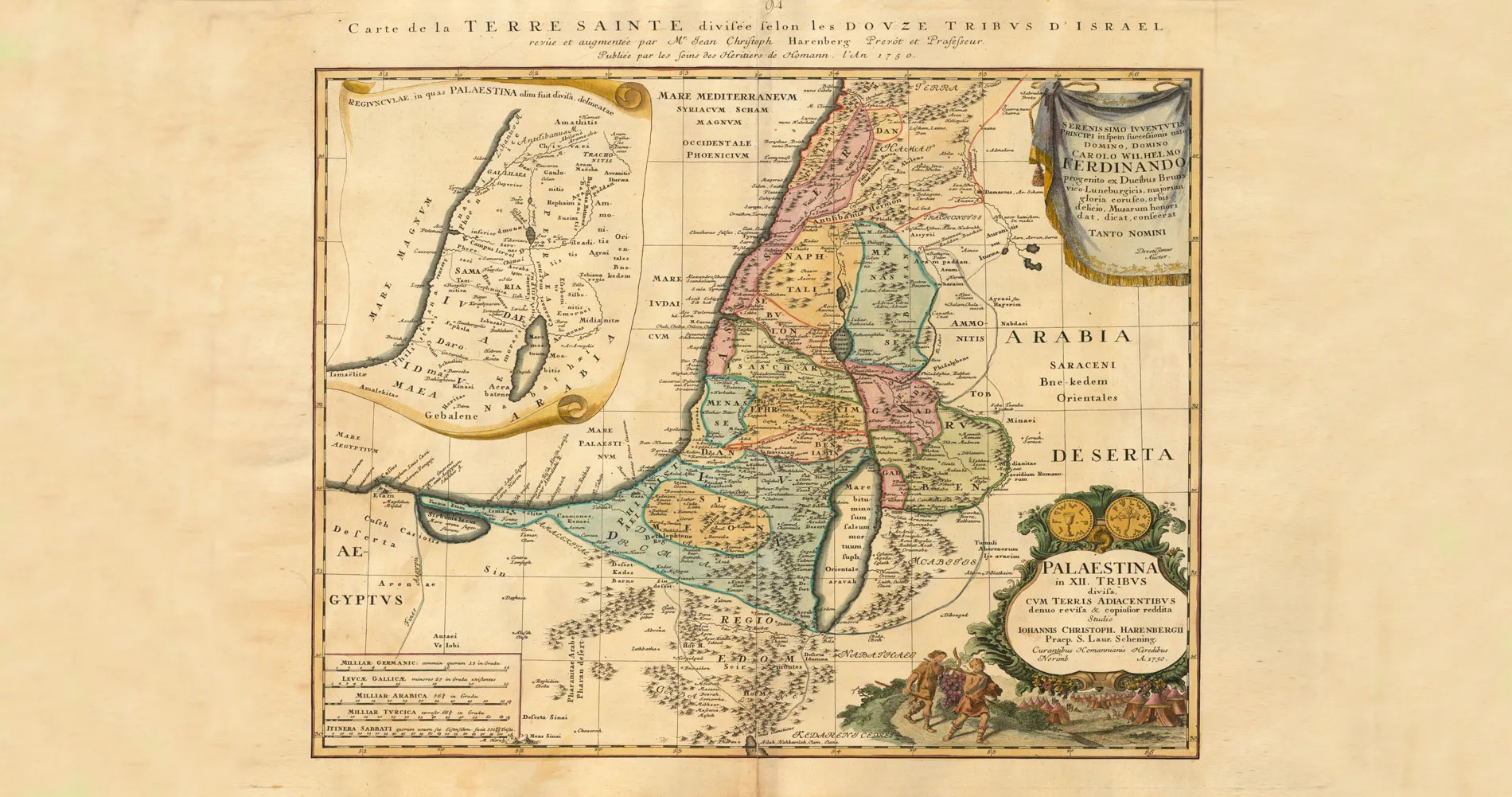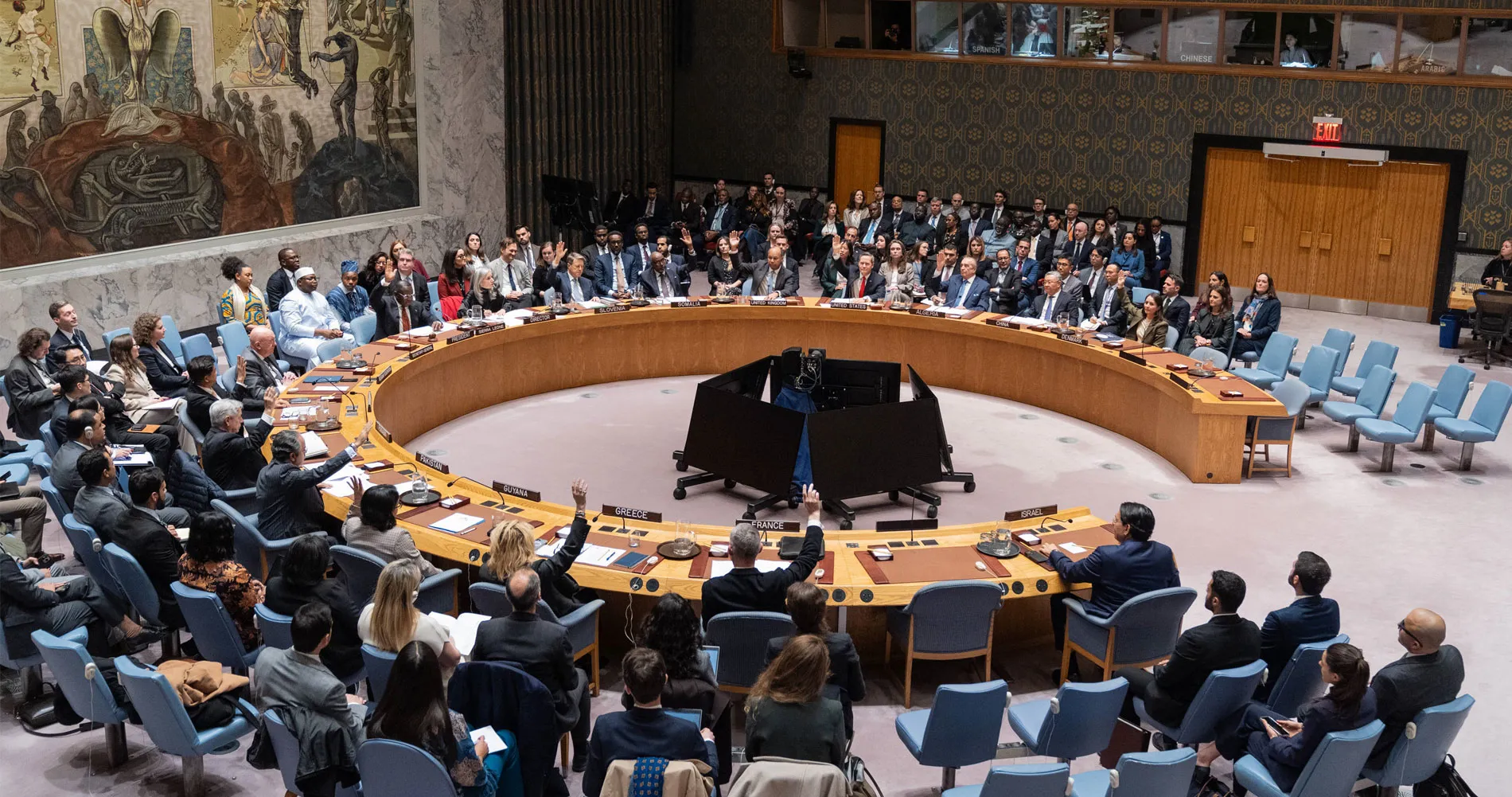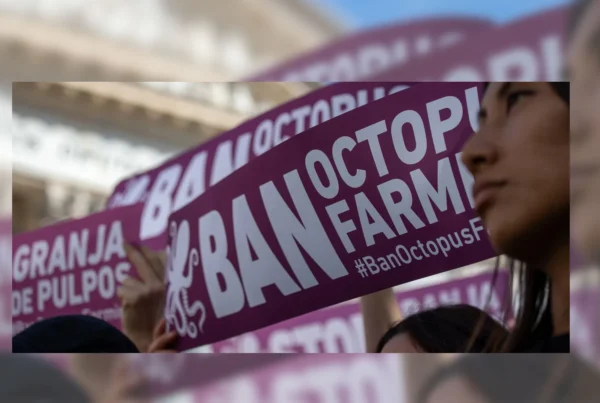UNODC’s latest report on global wildlife crime depicts a bleak picture. This systematic analyses of wildlife crime investigates everything from shipment routes at the country of origin, to transit practices and the end market at the country of destination. Wildlife trafficking remains a global concern endangering the diversity and the fragile ecosystems from the Amazon to the Golden Triangle in Southeast Asia. Thousands of wildlife species are affected. And while elephant ivory and rhinoceros horn receive much attention, many animals simply go unnoticed.
Diana Mautner Markhof
20 April 2025
On 9 May 2024 iGlobenews attended the media briefing by the United Nations Office on Drugs and Crime (UNDOC) of the latest report of the World Wildlife Crime Report 2024. The presentation was made by the Chief Research & Trend Analyst of UNDOC, Angela Me. UNODC, based in Vienna, Austria, assists Member States in combating illicit drugs, organized crime, and terrorism through research, policy, and field-based projects. The organization provides technical assistance in areas such as criminal justice reform, anti-corruption, drug prevention and control, and counter-trafficking.
The 2024 World Wildlife Crime Report is the most comprehensive and latest investigation into the complex realm of illicit wildlife trafficking. It dissects the prevailing trends in the trafficking of protected wildlife species. The report presents a systematic analysis of the devastation caused by wildlife crime. New fieldwork by UNODC for the report incorporates its response to the decisions of CITES (Convention on International Trade in Endangered Species of Wild Fauna and Flora) and reviews the growing academic literature in this field.
The report highlighted some case studies including the illegal trade in orchids, seahorses, rosewood timber, elephant ivory, rhino horn and pangolins. iGlobenews has published a number of articles calling attention to the illegal slaughter of wildlife for trade, food or medicine. TCM (traditional Chinese medicine) is often behind a number of these illegal practices, including the demand for seahorses and the bile from the Malayan sun bear.
⇒ https://www.iglobenews.org/saving-the-seahorse-here-today-gone-tomorrow/
⇒ https://www.iglobenews.org/tcm-endangers-malayan-sun-bears/
⇒ https://www.iglobenews.org/namibia-and-zimbabwe-cull-wild-animals/
The global scale of wildlife crime remains substantial. From 2015–2021, 162 countries and territories were involved in illegal wildlife trafficking affecting around 4000 plant and animal species.
While the Report highlighted the progress in the illegal poaching and trade in elephant ivory and rhinoceros horn over the past decade, many animal species are not reported on so prominently and their trafficking is unnoticed by the public.
Wildlife crime not only threatens the animals and plants trafficked, but also entire ecosystems by disturbing the delicate interdependence among different species. Climate change is negatively impacted, as are the economies of the countries involved.
As an example, the legal framework regulating and punishing illegal timber and fisheries trades, which is unregulated under CITES, reverts back to national legislators. This means that countries who heavily depend on this income have little incentive to be tough on harvest limits, transport, taxation and export controls. These regulations only apply nationally and not beyond the borders of these countries. To counter this, importing countries adopt their own legal frameworks which might (for example) require proof of legal sourcing.
According to the FAO (Food and Agriculture Organization of the UN), global exports of the main categories of unprocessed timber are estimated at USD 51 billion in 2020. The market for the global wildlife capture amounted to USD 90 million tons.
UNODC studied wildlife crime offenders in order to tackle the problem at the source. The bottom line: the internet and social media play a significant role in recruiting actors and facilitating this crime.
Organized crime is active in wildlife trafficking. The illicit gains from wildlife crime furthers corruption and promotes money laundering to cover illicit financial flows. To combat international organized crime, enforcement actions against wildlife trafficking must also be organized on a national, regional and international level.
INTERPOL and the World Customs Organization (WCO) though successful in their fight, have only made a dent in the ongoing practice of wildlife trafficking driven by demand.
A February 2025 report on the concerted global Operation Thunder by INTERPOL and the WCO resulted in the seizure of nearly 20 000 live animals and 365 arrests in 138 countries. Operation Thunder is an annual coordinated law enforcement effort by customs and wildlife officials from numerous countries working together to make seizures, arrest suspects, and disrupt transnational criminal networks engaged in activities such as poaching and illegal timber trade.
According to INTERPOL’s Secretary General Valdecy Urquiza: „The illegal wildlife trade is still rapidly growing, highly lucrative and has devastating effects“.
Operation Thunder 2024 took place from 11 November to 6 December 2024. It was successful in identifying six transnational criminal networks suspected of trafficking animals and plants protected under CITES. The live animals, which included big cats, birds, pangolins, primates and reptiles, were rescued in connection with 2213 seizures made worldwide. Globally, more than 100 companies involved in the trafficking of protected species were identified.
Regular actions such as Operation Thunder enable investigators to build a comprehensive global intelligence database and detailed offender profiles, significantly enhancing the effectiveness of enforcement efforts and the resolution of cross-border cases.


